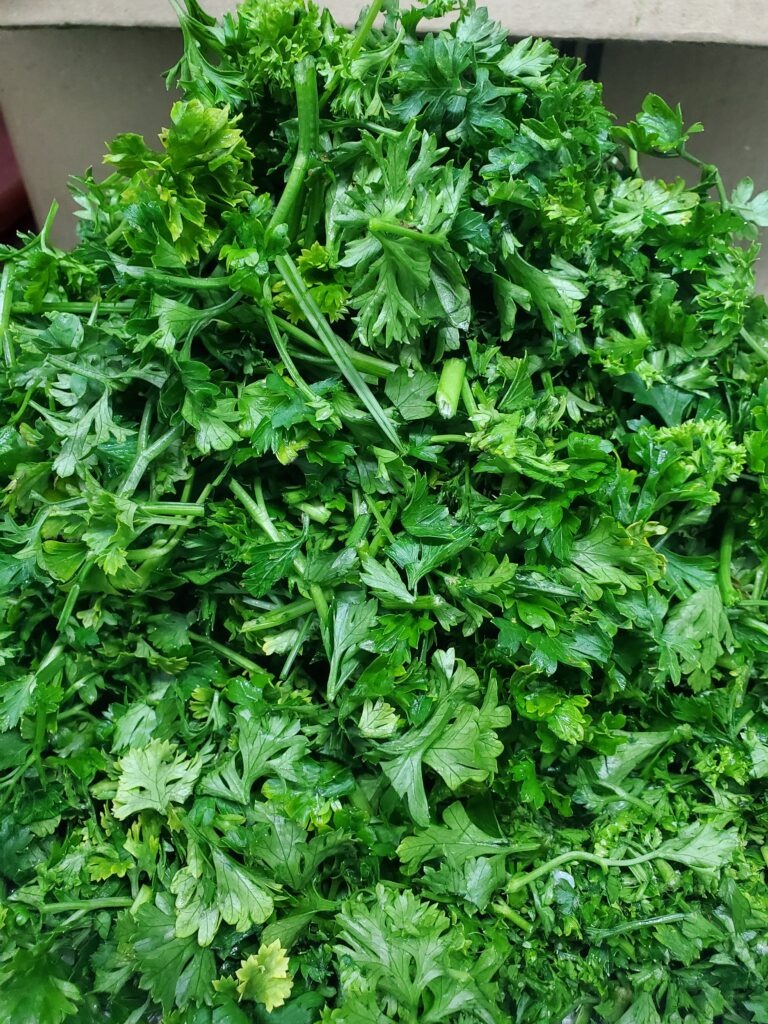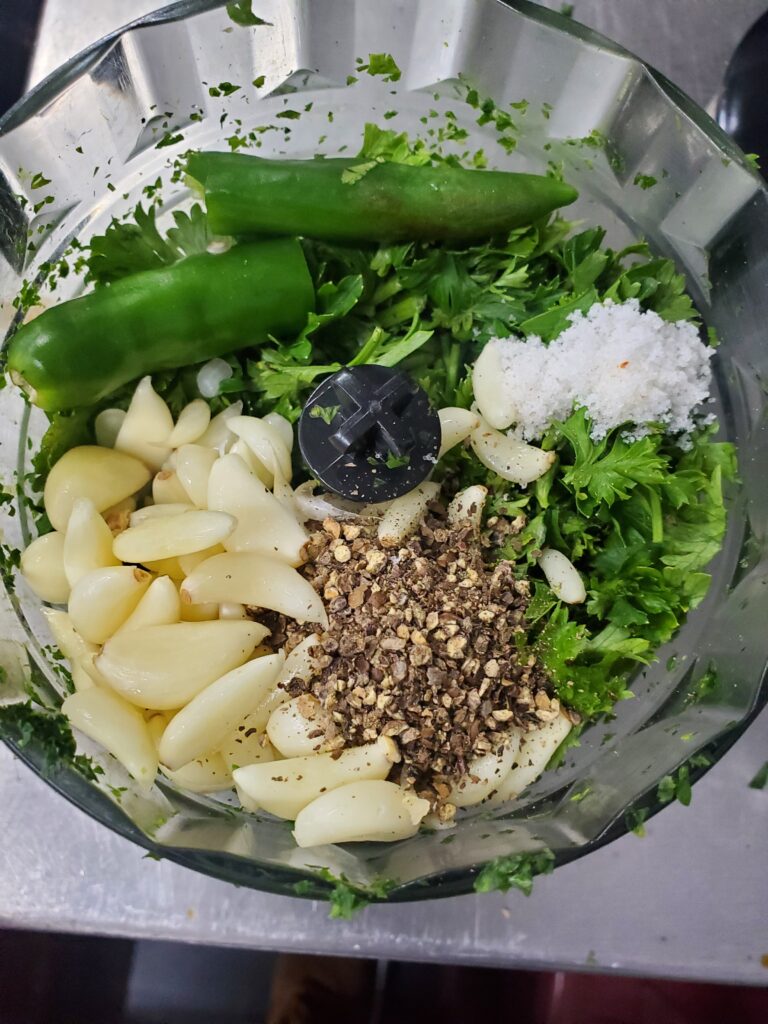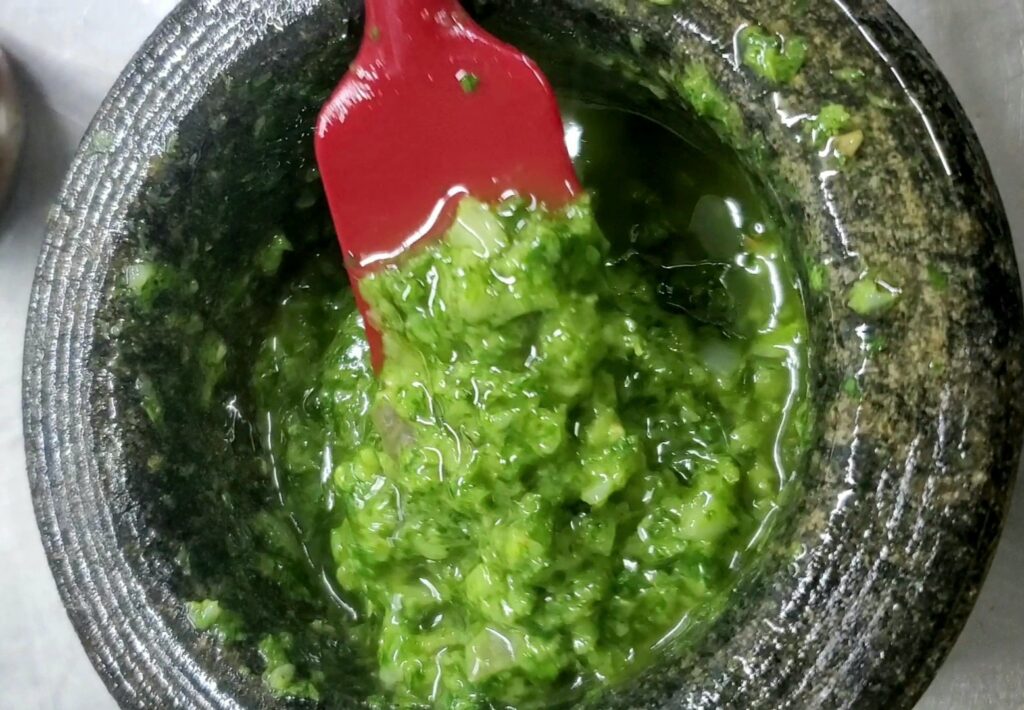Introduction
Chimichurri sauce one of the most famous condiments of South America because of its fresh, tangy and herb flavors. From Argentina and Uruguay, this sauce has crossed the borders and is now used everywhere as a condiment to meat and vegetables alike when cooked on the grill. Whether you’re grilling a steak, preparing roasted vegetables, or looking for a zesty marinade, chimichurri sauce adds a vibrant layer of flavor that is both easy to make and incredibly satisfying.

In this comprehensive guide, we will delve into the origins of chimichurri, the ingredients that make it so special, and provide you with a step-by-step recipe to create this delightful sauce at home. Additionally, we’ll explore the nutritional benefits of each ingredient and offer tips for customizing the sauce to suit your taste preferences.
Origin and Cultural Significance
Chimichurri sauce is a sauce that originated from Argentina and Uruguay. In these countries, it is more than just a condiment; it is an integral part of the grilling culture. Chimichurri is a sauce known for its bright green color and strong flavors, and is typically served with grilled meats, particularly beef, which is a primary food in Argentine meals. The origin of the sauce is a little controversial, but it is agreed upon that it has been in South American cooking for centuries and over time has been adapted to include different local ingredients and flavors.
In Argentina, chimichurri is often used as a marinade for beef before grilling, and it also serves as a table sauce to be spooned over steaks and other meats. It is also used as a condiment to meat dishes that are grilled, and is a must at every “asado” (barbecue) in Uruguay, and due to its great taste, it has transcended the border of South America, it is now known and appreciated worldwide for its fresh and tangy flavor.
Ingredients and Their Roles
- Fresh Parsley (30 grams): Parsley is the primary herb in chimichurri, providing a fresh and vibrant flavor. It is a nice bright green color and has an herby taste to the sauce. Parsley also has high concentrations of vitamins A, C, and K, along with antioxidants that promote general well being.
- Fresh Cilantro (15 grams, optional): The cilantro adds another freshness and a somewhat citrus taste. It is not necessary, but the cilantro goes nice with the parsley and gives a more dynamic taste to the sauce. Cilantro is rich in vitamins A and C and has been linked to various health benefits, including improved digestion and antioxidant properties.
- Garlic (12 grams, 4 cloves): Chimichurri, with garlic as one of the main ingredients, the pungent, savory flavor of the garlic really adds a special kick to the sauce. Allium sativum (garlic) contains a compound called allicin, which has anti-inflammatory and antimicrobial properties.
Oregano has an earthy : somewhat bitter taste and it counteracts the other ingredients. Fresh oregano has a much stronger taste, but dried oregano is a good substitute. Oregano is not only an antioxidant, but it has been used in folk medicine as an antibacterial agent.
Red pepper flakes : introduce a hint of heat to the sauce, providing a subtle kick that enhances the flavor profile. The spiciness of red pepper flakes can be adjusted based on your preference.
- Red Wine Vinegar (60 milliliters): Red wine vinegar gives it that acidity and tang that perks up the flavors and counteracts the richness of the olive oil. It also helps to preserve the sauce. Vinegar has been shown to lower blood sugar, aid in digestion, etc.
Olive oil is the basis of the sauce : it melds the flavors and makes it rich. Extra virgin olive oil is high in monounsaturated fats and antioxidants, both of which promote cardiovascular health.
- Salt and Black Pepper: And these are necessary because they are used to flavor the sauce and bring out the flavors of the other ingredients. The salt cuts the acidity and richness a bit and the pepper provides a little kick.

Step-by-Step recipe
With that out of the way now that we know what everything does lets get into making real chimichurri sauce.

Ingredients:
- 30 grams fresh parsley, finely chopped
- 15 grams fresh cilantro, finely chopped (optional)
- 4 cloves garlic, minced (about 12 grams)
- 5 grams fresh oregano leaves, finely chopped (or 1.5 grams dried oregano).
- Pinch of chili flakes
instructions
- 1. Prepare the Ingredients:
- Begin by washing and drying the fresh parsley and cilantro (if using). Finely chop the parsley and cilantro to ensure that they blend well into the sauce.
- Peel and mince the garlic cloves. The garlic needs to be minced really fine so that it will mix evenly into the sauce.
- If using fresh oregano, wash and dry it, then finely chop the leaves. If using dried oregano, measure out the appropriate amount.
- 2. Combine the Herbs and Garlic:
- In a medium-sized bowl, combine the chopped parsley, cilantro (if using), minced garlic, and chopped oregano. Combine the herbs and garlic until they are evenly mixed.
- 3. Add the Red Pepper Flakes:
- Stir in the red pepper flakes. The amount can be adjusted based on your preference for spiciness. If you don’t like it as hot, just use a little red pepper flakes and then add to taste.
- 4. Incorporate the Vinegar and Olive Oil:
- Add the red wine vinegar to the bowl. That will give the right amount of acid and tang to offset the flavors.
- Slowly add the extra virgin olive oil while you are stirring. But the olive oil has to be poured in slowly so that it will mix well with everything.
- 5. Season the Sauce:
- Add salt and black pepper to taste. Start with a small amount and adjust according to your preference. The seasoning should compliment the flavors without completely taking away from the other ingredients.
- 6. Mix and Let It Rest:
- Stir the mixture thoroughly until all the ingredients are well combined. For best flavor, allow chimichurri to sit out at room temp for at least 30 min before using. This allows the flavors to meld and develop fully.
- 7. Serve and Enjoy:
- Chimichurri sauce can be served as a condiment with grilled meats, roasted vegetables, or used as a marinade. It pairs particularly well with beef, but it can also be used with chicken, fish, or tofu.
Nutritional Benefits
Each ingredient in chimichurri sauce not only contributes to its flavor but also offers various nutritional benefits:.
- Parsley: Parsley is high in vitamins A, C, and K which helps immune function, skin, and bone health. It also contains antioxidants that help combat oxidative stress.
- Cilantro: Cilantro is full of vitamins A and C and has antioxidant and anti-inflammatory properties. It also aids in digestion and detoxification.
- Garlic: It has allicin in it, which has been proven to be good for cardiovascular health (lowering blood pressure and cholesterol levels). Garlic also has antimicrobial properties.
- Oregano: Offers antioxidant benefits and has been used in traditional medicine for its antibacterial properties. It also supports digestive health. Buy directly
- Red Pepper Flakes: Contain capsaicin, which has been shown to have metabolism-boosting properties and may aid in pain relief.
- Red Wine Vinegar: Provides acidity and can help regulate blood sugar levels. It also has potential benefits for digestion and heart health. Buy directly
- Olive Oil: Extra virgin olive oil is rich in monounsaturated fats and antioxidants and is good for the heart and reduces inflammation. Buy directly
Customization Tips
While the traditional chimichurri recipe is a classic, there are various ways to customize the sauce to suit your preferences:.
- Adjust the Herbs: Experiment with different combinations of herbs, such as adding basil or mint, to create a unique flavor profile.
- Spice Levels: So feel free to alter the red pepper flake quantity in accordance to your heat capacity. For a milder sauce, reduce the quantity or omit it entirely.
- Acidity: If you want less of a tang, you can use less red wine vinegar, or instead of that you could use lemon juice for a different tang.
- Texture: For a chunkier sauce, leave the herbs coarsely chopped. For a smoother texture, blend the ingredients using a food processor.
Conclusion
Chimichurri sauce is a very yummy sauce that goes well with all kinds of food and adds a nice zesty kick to anything. Knowing where chimichurri comes from and what each ingredient does will allow you to make a sauce that is not only traditional but also suited to your personal palate. Whether it be the experienced cook or the novice in the kitchen, this receipe offers an easy and fun way of kicking your meals up a notch. Chimichurri, a colorful sauce full of flavor and nutrients, should not be absent from your culinary arsenal. Have fun playing around with this recipe and enjoy the yummy goodness of homemade chimichurri sauce!
